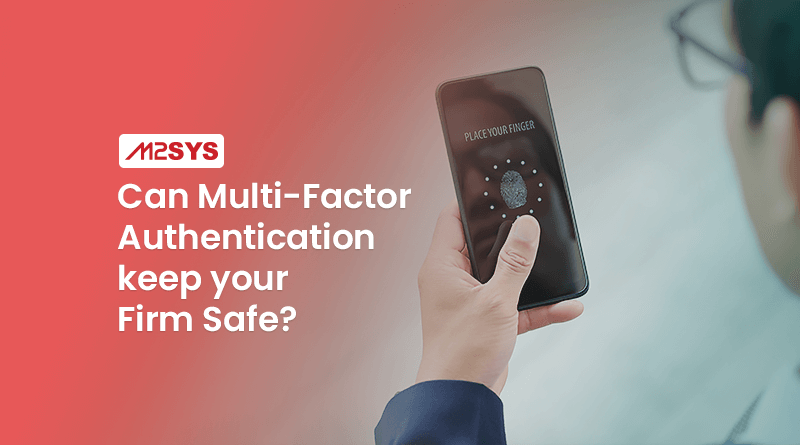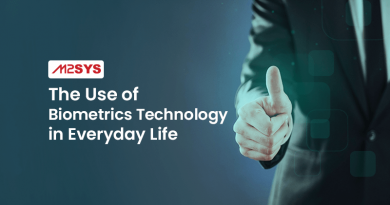Can Multi-Factor Authentication keep your Firm Safe?
The IT industry’s credo on password security has been that multifactor authentication (MFA) will protect against all attacks. However, in reality, MFA can only protect a user who has it enabled if they’ve taken the proper steps to ensure their password is secure as well.
In 2019, Microsoft said 300 million cyberattacks take place each day in its cloud environment. The company has reassured that having MFA can prevent 99.9% of all break-ins, which is a sentiment shared by many individuals and organizations, including the U.S. Deputy National Security Advisor for Cyber and Emerging Technologies, Anne Neuberger.
“A lot of tech CEOs alluded to multifactor authentication as avoiding 80 to 90% of cyberattacks,” Neuberger remarked during a September White House news briefing. As a result, the unavoidable MFA technology implementation extended around the globe, affecting every business and customer. MFA advanced with the new passwordless future and FIDO Alliance passwords.
MFA, or multifactor authentication, has been around for a while now. Despite the number of breaches that have occurred and the excitement surrounding them, fraudsters are still developing ways around them. These barely evolved approaches question the entire point of using MFA.
How do Fraudsters bypass MFA Systems?
According to the Expel Quarterly Threat Report Q3-2022, identity is now a new endpoint for attacks. The findings show that identity assaults accounted for almost 60% of all breaches.
Criminals use the United States to circumvent MFA due to IP addresses and MFA fatigue. In MFA fatigue, attackers slowly wear down a target’s security by bombarding them with repeated MFA push alerts. Users are tricked into thinking something is wrong with their system when they don’t get a response after entering their credentials several times.
Companies rely heavily on cloud-based identity providers such as Okta, Ping Identity, and OneLogin because they offer a more seamless single sign-on (SSO) experience for their workers. However, the Expel analysis shows that susceptibility increases when attackers only need one credential rather than numerous credentials for separate access.
Combining Biometrics and MFA to improve Security
In recent years, many security experts have come to view the MFA as a less-than-ideal authentication tool. One alternative gaining traction is machine learning models that anticipate typical behavior for each person. This could be how someone types, their location, other behaviors, or anything else. However, some experts do still recommend that companies “convert from MFA push notifications to PINs.” (Done) Others still advocate for biometric technologies like fingerprint scanners or iris scanners.
If your username and password get compromised, you’ll want a backup plan. Modern brute-force attacks can guess hundreds of thousands of passwords in seconds, bringing down even the most secure sites. Social engineering is also booming, with individuals willingly handing over their top-level passwords after being duped by hackers. There’s always a chance someone could hijack your phone, laptop, or USB key and get access to all your data.
The trade-off for having biometric factors as protection is appropriate. They can’t be stolen, are generally supported, and have them with you at all times. Using liveness detection or periodic checks for a specific face in front of the device (i.e., during a photo gallery) may avoid breaches by cybercriminals who attempt to break into your account that way. Furthermore, the digital trail it provides makes it easier for forensic moderators and incident investigators to find out who attempted to hack your account and what their credentials were.
Biometrics has its challenges: they are not perfect, databases may include sensitive personal information, and managing them falls under data protection regulations. Companies also need to create AI and machine learning models to produce biometrics.
As biometrics-as-a-service becomes more popular and cloud providers begin to add built-in biometric capabilities, companies of all sizes will soon be able to make use of this technology. As a result, biometrics is rapidly becoming the only comprehensive MFA option for security.
The cyber threat landscape has always been changing, and this is an excellent way to learn about it. Terrible actors across the world teach us challenging lessons every day. MFA providers must get in tune with customer needs, learn quickly, and adapt so they can progress. Today, more security measures are required. Biometrics combined with MFA might help protect your business against fraudsters who use your data to steal your identity or for other criminal activities.











